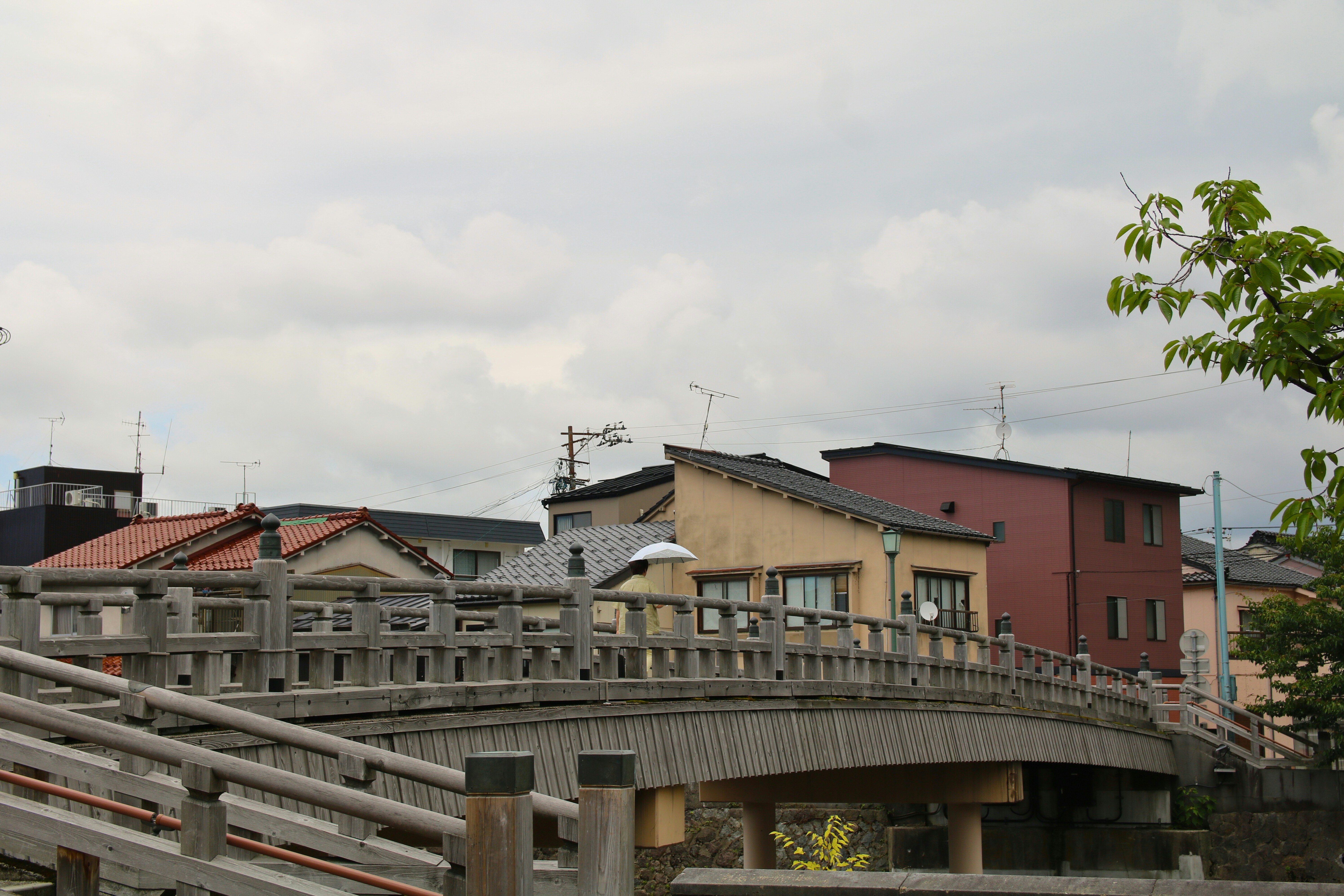.svg)
Akiya Homes as an Investment Opportunity
.svg)
.svg)
.svg)

Looking to buy a traditional machiya in Japan? Discover where they still exist and how Old Houses Japan helps you find, restore, and protect these iconic homes.


Traditional machiya—those elegant, narrow wooden townhouses with latticework facades and deep, multi-room interiors—are one of Japan’s most iconic home styles. Once common in merchant and artisan districts, machiya blend functional craftsmanship with refined design, often featuring interior courtyards, tatami rooms, and shoji-lit corridors.
Today, many have been lost to redevelopment. But not all. If you’re dreaming of owning and restoring one of these living artifacts, you can still find machiya for sale—and in some cases, for less than you’d expect.
Here’s where to look, what to watch out for, and how Old Houses Japan can help you buy one of these incredible historic homes.

A machiya (町家 or 町屋) is a traditional wooden townhouse typically found in city centers, especially those with Edo-period or Meiji-era roots. Hallmarks include:
While Kyoto is most famous for them, machiya can still be found in various towns across Japan—often in areas that haven’t been overdeveloped or heavily gentrified.
The Kyoto of the North.
Kanazawa is known for preserving entire neighborhoods of Edo-era architecture, including working geisha districts and samurai homes.
✅ Why it’s great:
💡 Tip: Look just outside the most famous areas for better prices and more flexibility on renovations.
A samurai and merchant town frozen in time.
Hagi’s low population and preservation-minded policies have kept many original machiya and kura intact—some in near-forgotten condition.
✅ Why it’s great:
💡 Tip: The town actively promotes relocation and cultural preservation—ideal for buyers with a passion for history.
A little-known gem in Shikoku with museum-like streets.
This town once thrived on wax and paper production, and its merchant buildings remain beautifully intact.
✅ Why it’s great:
💡 Tip: Great for guesthouse conversions or artisan studios with heritage appeal.
Edo-era charm in the Japanese Alps.
Takayama’s old town is famously well-preserved, and while central properties are pricey, there are still findable machiya in surrounding neighborhoods and satellite villages.
✅ Why it’s great:
💡 Tip: Look in quieter residential areas just beyond the shopping district.
The birthplace of the machiya aesthetic.
While many Kyoto machiya have been lost to redevelopment or converted into cafés and guesthouses, some can still be found—especially in districts like Kamigyo, Nishijin, and northern suburbs.
✅ Why it’s great:
💡 Tip: Expect high renovation standards, but great support for doing it right.
A canal-lined town with a merchant history and beautifully preserved machiya.
Kurashiki’s Bikan district is a museum in itself, but surrounding neighborhoods offer more attainable properties for residential use.
✅ Why it’s great:
💡 Tip: Check city-managed akiya listings for real deals just outside the tourist core.
We support machiya buyers by:
Whether you want to live in one, open a shop, or restore a cultural treasure, we’ll help you do it right—and do it beautifully.
Buying a machiya is more than a real estate move—it’s a commitment to history, craft, and slow living. With the right support and a bit of vision, you can restore not just a house, but a piece of Japan’s cultural heart.
Let Old Houses Japan help you find—and bring back to life—the machiya that’s waiting for you.
Start your journey with Luxey today! Sign up for free and get instant access to the best property listings.



